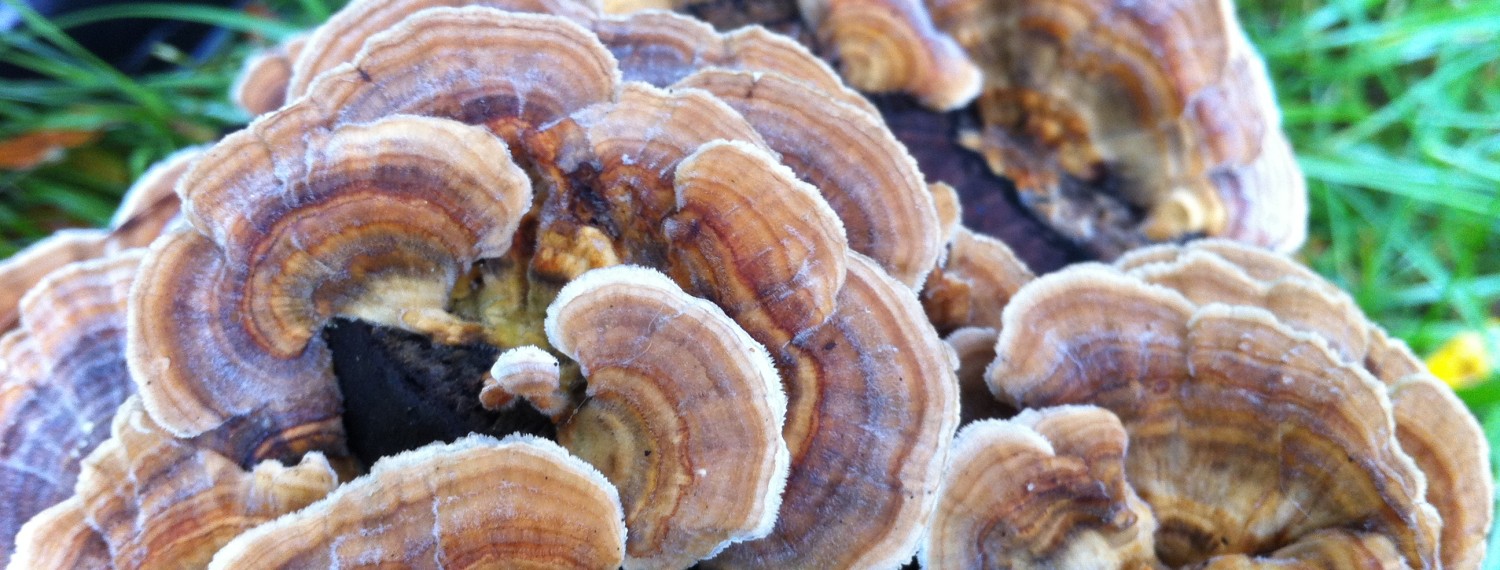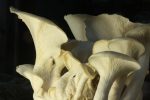 I want to get some like minded people from my area together to share our interest in fungi, and maybe work together on some projects. Somehow calling it a “Mycological Society” or “Association” doesn’t sound right. So for now I’m going with a “Working Group”, as I hope it will be activity oriented, and proactive in the larger community. Below I’ve jotted down some ideas on the subject:
I want to get some like minded people from my area together to share our interest in fungi, and maybe work together on some projects. Somehow calling it a “Mycological Society” or “Association” doesn’t sound right. So for now I’m going with a “Working Group”, as I hope it will be activity oriented, and proactive in the larger community. Below I’ve jotted down some ideas on the subject:
Why a Mushroom Working Group?
Fungi are essential to life on Earth, but strangely, until quite recently they have largely been ignored by western science, medicine and agriculture. Now, as a result of recent research, a resurgence of traditional 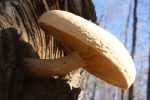 knowledge, and the efforts of citizen scientists and home cultivators, the value of these species is being recognized as a source of nutrition, medicine, ecological remediation, soil building, recycling and more.
knowledge, and the efforts of citizen scientists and home cultivators, the value of these species is being recognized as a source of nutrition, medicine, ecological remediation, soil building, recycling and more.
Fungi are a part of every ecosystem, and many mycophiles (people who love mushrooms) get a great deal of pleasure just observing, photographing, collecting and identifying the various species that they encounter on a walk in a forest, field, park, or their 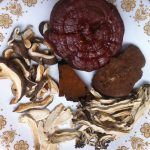 backyard. For many the “use” of a particular fungus is less important than its identity and its interrelationship with its environment.
backyard. For many the “use” of a particular fungus is less important than its identity and its interrelationship with its environment.
Others see that our forests contain a wealth of food and medicine just waiting to be harvested. Others use techniques for growing mushrooms indoors and out that they are constantly refining. Strains of fungi are being developed for countless applications, from recycling specific waste products and breaking down toxic compounds to attacking specific diseases.
Just as fungi, and their actions in the environment, are diverse, so are the ways in which people engage with them: collectors, foragers, farmers, 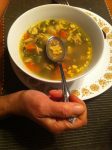 woodlot manages, gardeners, herbalists, restaurateurs, environmentalists, landscapers, and home cultivators all bring their unique perspective to mycology. A Mycological Working Group can benefit all these people as the communication will help increase the successes of everyone involved. Plus it’s more fun in a group.
woodlot manages, gardeners, herbalists, restaurateurs, environmentalists, landscapers, and home cultivators all bring their unique perspective to mycology. A Mycological Working Group can benefit all these people as the communication will help increase the successes of everyone involved. Plus it’s more fun in a group.
What can a Mycological Working Group Do?
Work on projects together
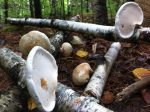 and lend support to each others’ projects. These can include indoor and outdoor activities such as:
and lend support to each others’ projects. These can include indoor and outdoor activities such as:
-Forage for edible and medicinal mushrooms
-Forage to identify/collect/photograph all types of mushrooms
-Inoculate stumps in harvested/de-forested areas to accelerate reforestation
-Grow mushrooms on farm/garden/kitchen waste
-Use fungi to help clean up land or water that is contaminated
-Create permaculture “forest gardens”, incorporating mushrooms and other food plants
-Combine mushroom beds within vegetable gardens
-Grow mushrooms indoors in containers or outdoors on logs or beds of wood chips
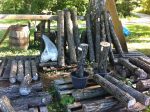 -Collect/propagate/preserve a library of mushroom cultures
-Collect/propagate/preserve a library of mushroom cultures
-Build a lab for sterile procedures
-Build an incubator to grow cultures
-Build a room for fruiting large quantities of mushrooms
Share knowledge and skills.
A diverse group as mentioned above brings with it a variety of experience from which all can benefit. Below is a list of things that can be learned and shared.
-Mushroom Identification
-Laboratory techniques
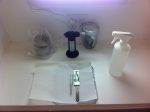 -Culinary skills
-Culinary skills
-Food Preservation, tinctures and extracts
-Medicinal and nutritional knowledge
-Gardening/farming skills
-Animal husbandry
-Forest management
-Chainsaw/wood chipper skills
-Landscaping
-Construction
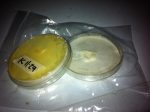 -Heating and Air Conditioning
-Heating and Air Conditioning
-Artistic skills (dyeing, paper and textile making, sculpture)
-Research
Share resources.
A group can take advantage of the economy of scale to save money buying supplies and sharing spaces together. Some of the resources a group might purchase together include mushroom cultures and spawn, consumable lab 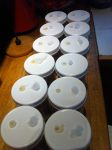 supplies like disposable petri dishes and nutrient media, or grow bags for indoor cultivation.
supplies like disposable petri dishes and nutrient media, or grow bags for indoor cultivation.
Even better is sharing resources already in your possession on group projects. Facilities can be shared, like unused indoor spaces for meeting, growing, and storage. Public and private outdoor spaces like developed and undeveloped forested areas, gardens, yards, and empty lots. Members of the group can also share growing substrates they may have access to, like farm/garden waste, wood chips, compost, manure, coffee grounds, spent grain from brewing and more.
Many members will have the specialized tools that go with their skills and areas of expertise:
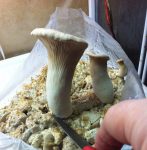 -Books
-Books
-Chain saw/wood chipper
-Pressure cooker
-Rototiller/gardening tools
-Tractor
-Construction and fabrication tools
-Lab/medical equipment
-Mason jars/bottles
